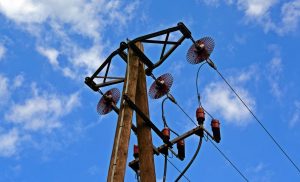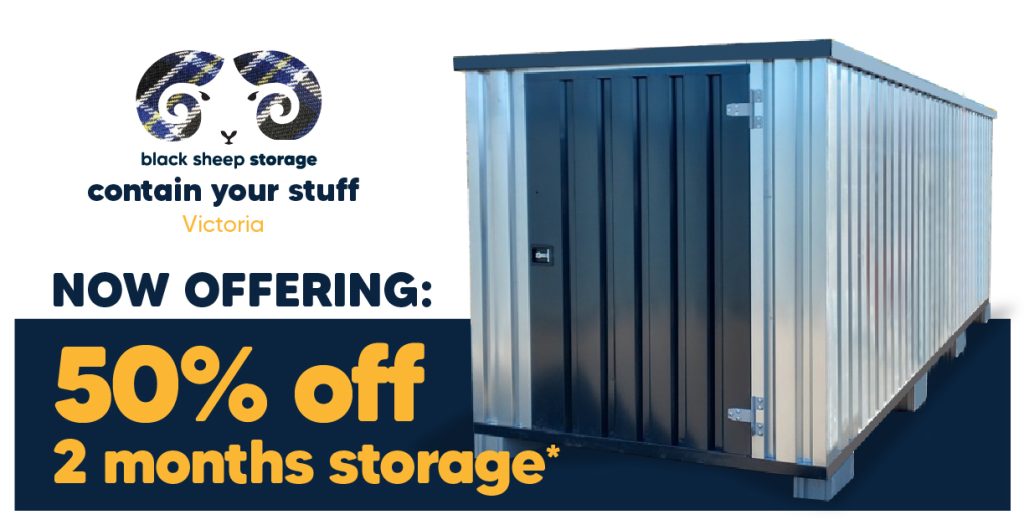If you don’t regular maintain and inspect your home’s HVAC system, then you could be in for some costly repair bills. Having an experienced company to come and check is a good idea. Here is a general checklist for your home’s HVAC.
The Best HVAC Checklist
Energy Usage Check
If you’re experiencing uneven heating during the winter, where one floor or area of the home is considerably warmer or colder than another, consider hiring a home energy audit professional or qualified heating and cooling professional who can diagnose potential problems and offer solutions.

Heating Alternatives
There are many efficient heating options available, from two stage furnaces to heat pumps to geothermal heating units, if you need to replace your furnace this year. Be sure to shop around and consult with highly rated HVAC pros on Angie’s List to ensure you find one that’s sized properly to sufficiently heat your home. If you are in the market for a new heater in the near future, start looking for deals now, and store it with us until you need it.
Filter Changes
One key to maintaining your HVAC system is to regularly change your filters. Dirty filters are a primary reason heating systems fail in the winter. Changing your filter will also help your system operate more efficiently, thereby reducing your energy costs. Moreover, a clean filter means improved indoor air quality.
Regular Inspections
Industry experts have told us that the majority of their emergency, “no-heat” calls are related to a lack of maintenance of the HVAC system. An inspection can also detect a potential health hazard in a carbon monoxide leak. To find out if your water heater is going to fail, checkout this water heater checklist.
Check Ducts
Finally, check your duct work to ensure it’s sealed at joints and intersections to prevent heated air from leaking. Air that seeps from supply duct work can allow heated air into the attic or crawl space, where it’s not needed. Plus, outside air can be drawn into the return duct work. This increases your heating costs and reduces indoor comfort. Experts recommend sealing ducts using foil-backed tape or silicone caulking.











